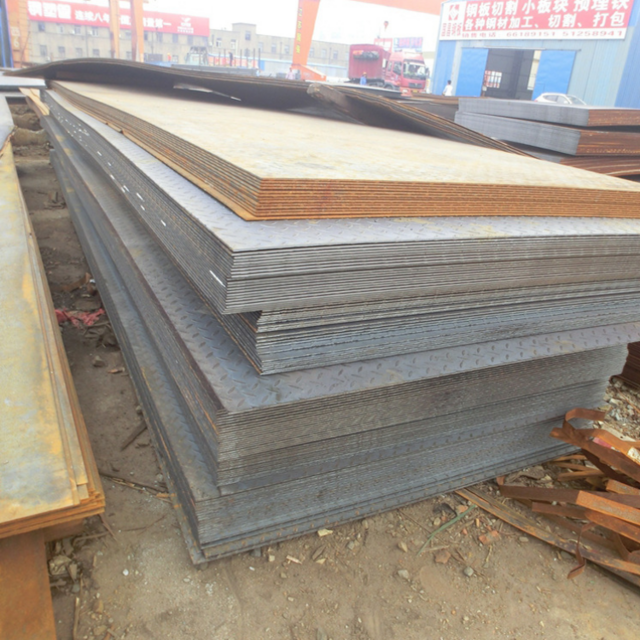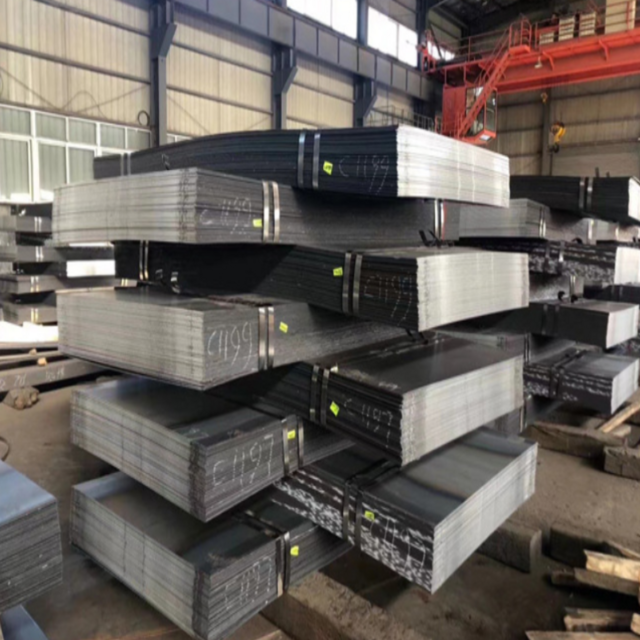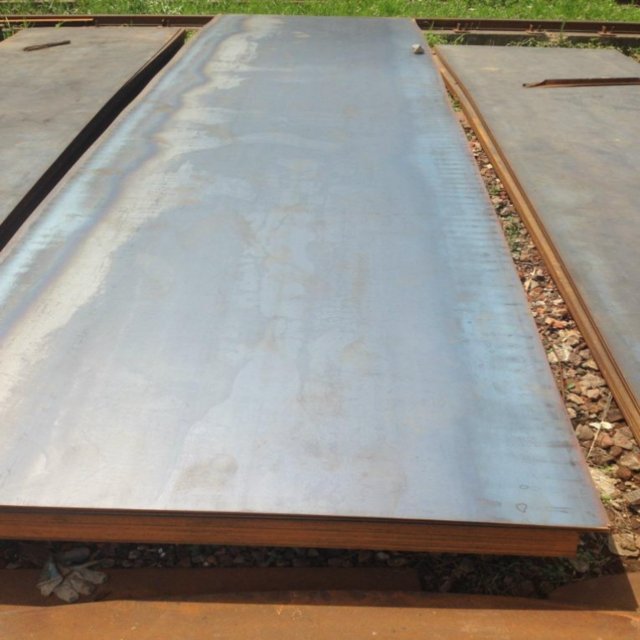Superior Formability and Processing Capabilities
The exceptional formability of low carbon steel sheet sets it apart in the metalworking industry. This material can undergo severe deformation processes without compromising its structural integrity, making it ideal for complex manufacturing operations. The optimized grain structure allows for consistent performance during bending, stamping, and drawing operations. The material's ability to maintain uniform properties throughout these processes ensures reliable product quality. The low carbon content contributes to excellent machinability, reducing tool wear and processing time while enabling precise dimensional control. These characteristics make it particularly valuable in automotive components, appliance manufacturing, and construction applications.


